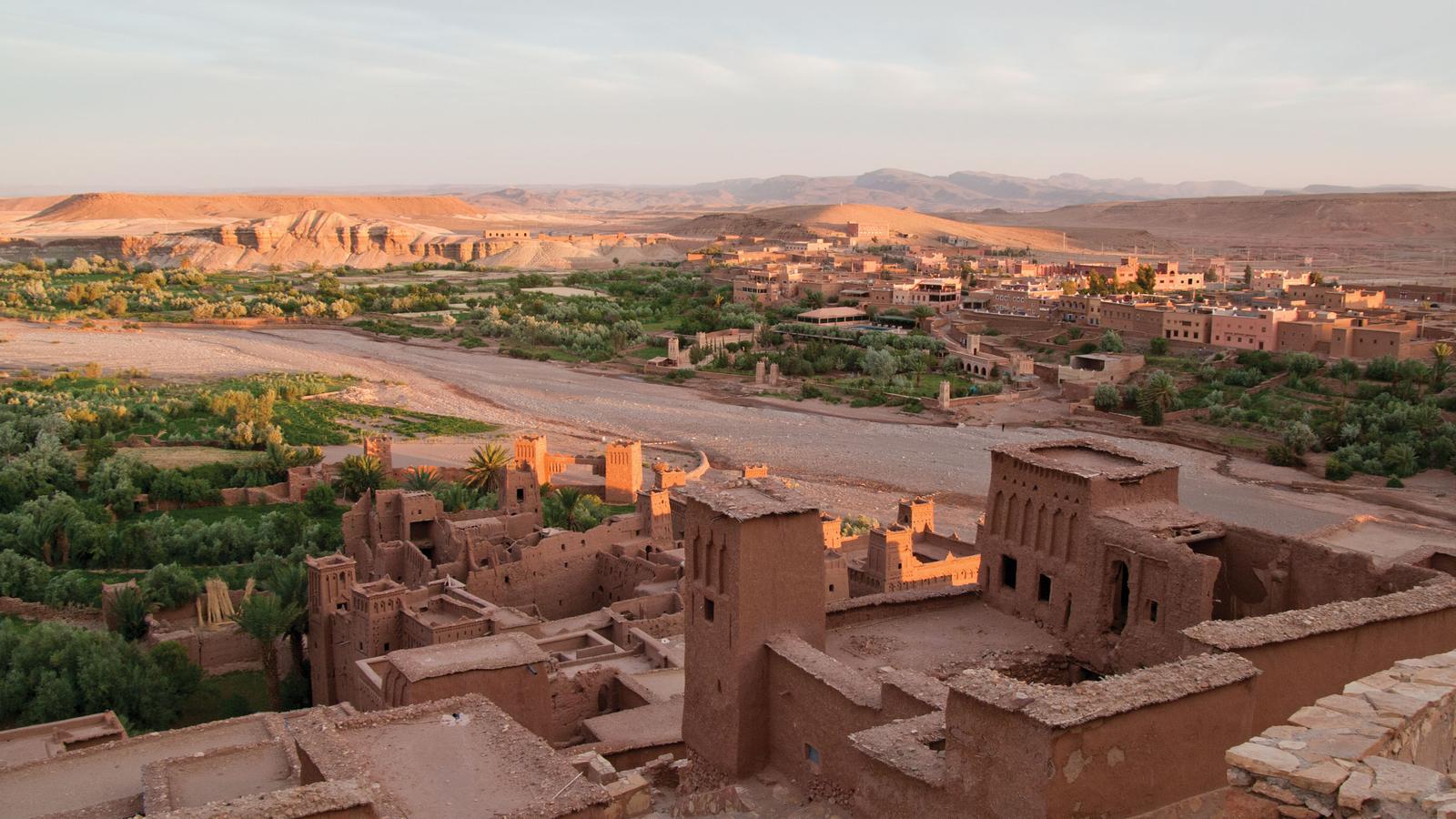
The Imazighen, also known as Amazighen, are the indigenous peoples of North Africa. While the world may recognize them by the terms “Moors” or “Berber”—labels imposed by Romans and popularized by Arab conquerors—the Imazighen prefer their own name, which means “free men” in the Tamazight language. Their historical territories spanned from the Canary Islands and Mauritania in the west to the Siwa Oasis in Egypt’s west, a region known as the Maghreb. Today, a significant portion of the Imazighen population resides in Morocco and Algeria, where more than half of the citizens claim Imazighen heritage and nearly 30% speak Tamazight languages.

Comprising over 100 tribes and languages, the Imazighen include groups such as the Tuareg, Mauri, Garamantes, Zenata, Masmooda, and Sinhajja. Throughout history, they have endured numerous invasions—from Greeks, Romans, and Phoenicians to Vandals, Byzantines, Turks, Arabs, and, more recently, French, Spanish, Italians, and British. The Arab conquest in the seventh century brought significant cultural suppression and the spread of Islam, leading many Imazighen to retreat to remote areas to preserve their traditions.

The French colonial period further isolated the Imazighen, pushing them into mountainous enclaves and reinforcing the derogatory “Berber” label. Despite this, the Imazighen have fought for recognition and preservation of their culture. In 1980, the “Berber Spring” marked a turning point, with Imazighen advocates rallying for cultural acknowledgment after authorities shut down a lecture by Amazigh activist Mouloud Mammeri.

Progress came in the late 20th and early 21st centuries. In 1994, Morocco’s king acknowledged the importance of Imazighen heritage, and by 2001, King Mohammed VI established the Institut Royal de la Culture Amazighe (IRCAM) to promote Amazigh culture. Algeria followed suit, officially recognizing the Amazigh identity and language in 2002. Recent milestones include the recognition of the Amazigh New Year as an official holiday in Morocco in 2023, following Algeria’s lead in 2017.
Language and music play crucial roles in preserving Imazighen culture. Artists like Tinariwen, Mdou Moctar, and Bombino use their music to address geopolitical issues and celebrate their heritage. Bombino, for example, has garnered international acclaim with his electrifying blend of soul and psychedelia, despite facing persecution for his Tuareg identity.

Similarly, the band Les Abranis, formed in France by Algerian-Kabyle musicians, has fused garage-rock and funk with traditional Kabyle melodies since 1967. Their music continues to highlight the Imazighen struggle and identity, blending pentatonic rhythms with jazz and electronic influences.
Through these cultural expressions, the Imazighen continue to rise, claiming global recognition in the 21st century and ensuring their rich heritage endures.


